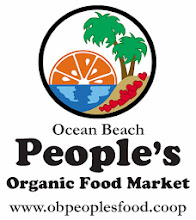
Welfare Ranching
Assessing the Real Cost of a Hamburger
by George Wuerthner
Do you know what a Big Mac costs? If you say $2.50 or whatever the current price posted at the McDonald's restaurant may be, you are vastly under-estimating the real price. That's because $2.50 does not reflect the genuine cost of production. Every hamburger price tag should include a calculation of animal suffering, human health costs, economic and ecological subsidies. None of these bona fide costs is included in the price one pays for a hamburger (or other meats eaten by consumers for that matter).
Unfortunately, assessing the real price of a hamburger is difficult because much of the overhead is hidden from view or simply ignored. Most people do not see the pain of the animals as they are branded, castrated, and slaughtered. Nor are most people fully aware of the multiple hormones and chemicals dumped into feed or directly injected into the animals. Nor have they considered how these high rates of hormone and chemical use may pose risks for humans through the creation of resistance germs and bacteria. While there is a growing awareness of the health costs - including high rates of heart attack, colon cancer, and high blood pressure, resulting from a heavy meat diet - even the best assessments of the health risks are far from complete.
But these costs, while real and significant, pale by comparison to the ecological cost of livestock production. There is no other single human activity that has degraded and destroyed more of the American landscape and perhaps the global landscape as well as our love affair with the cow and the meat-dominated diet. Welfare Ranching - the Subsidized Destruction of the American West, a book I edited along with Mollie Matteson and published by Island Press, attempts to innumerate these costs.
To read more of this article, please click here


